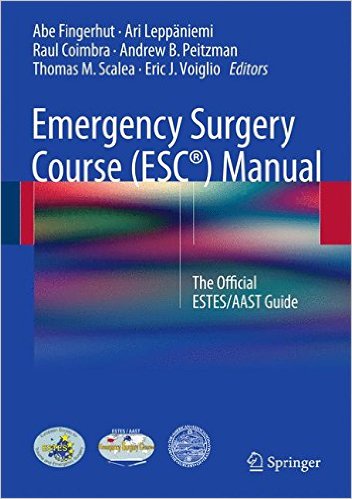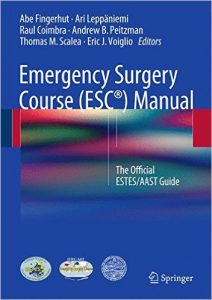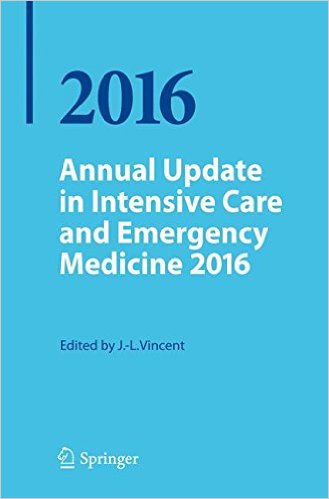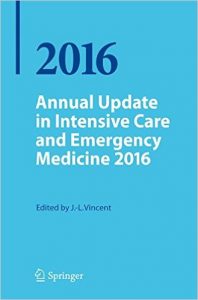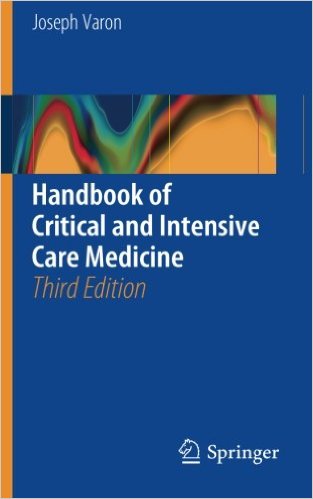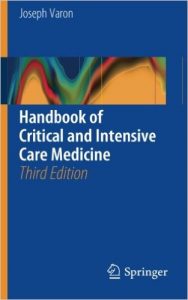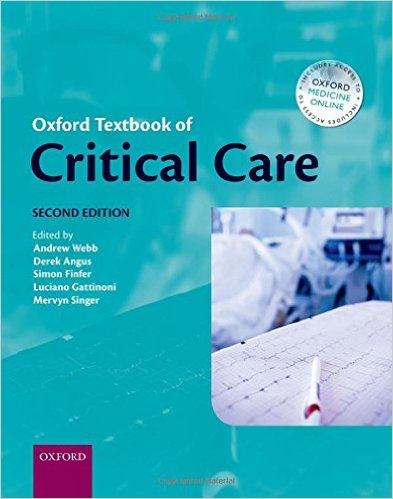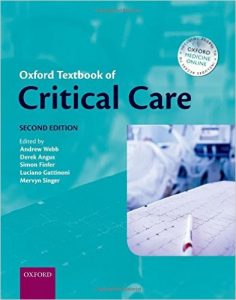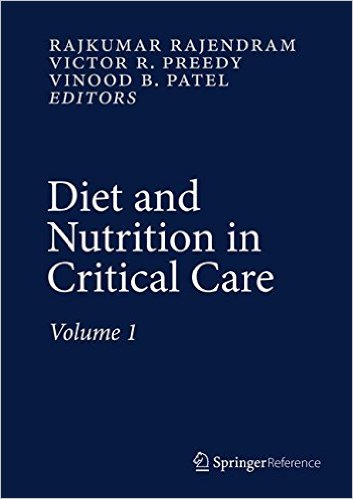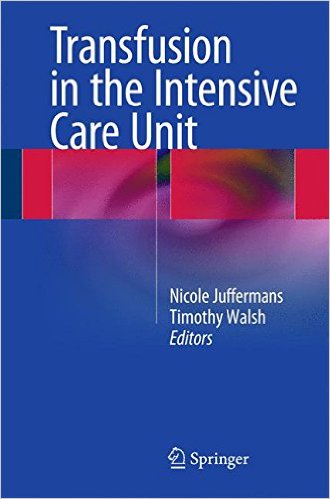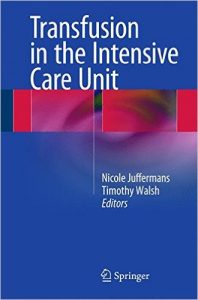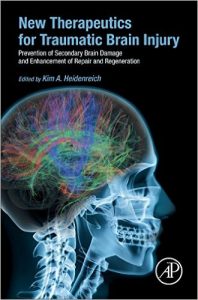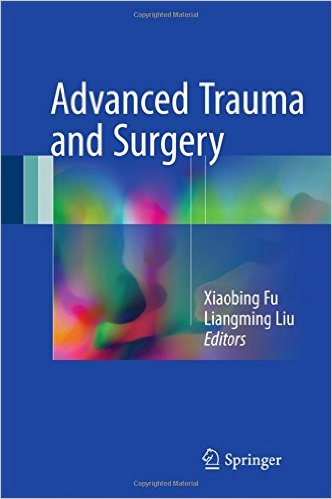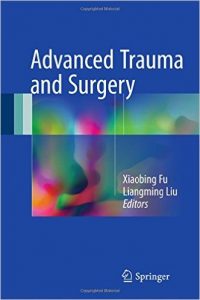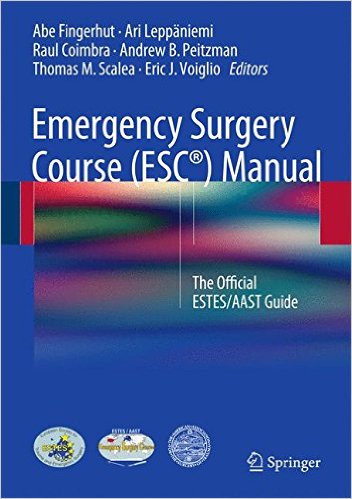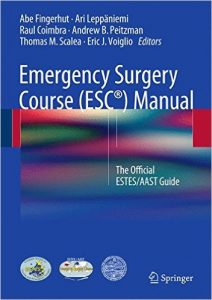Emergency Nursing: The Profession, the Pathway, the Practice 1st Edition


[amazon template=iframe image2&asin=1940446465]
With over 136.3 million patient visits to the Emergency Department, emergency nurses are not only in high demand but a continuously growing segment of the nursing profession. Emergency nurses find themselves in high-risk, faced-paced, physically and emotionally demanding, and difficult situations on a constant bases, which many nurses will describe as both stressful and surprisingly, extremely fulfilling. But there are so many variables, moving pieces, and different roles when it comes to emergency nurses. How do you begin to understand or know if this is the right career for you when there is so much to know? Emergency Nurse: The Profession, the Pathway, and the Practice provides students, new nurses, and existing emergency nurses the tools and information they need to pursue and sustain a successful career in emergency healthcare. Author Jeff Solheim informs readers about the career opportunities that exist within emergency nursing, introduces nurses to the emergency department and how it differs from other healthcare settings, and explains the challenges and patient populations that emergency nurses will face on a regular basis. Filled with fun facts, notes, and practical advice, this book is a fantastic resource for a nurse eager to learn more about emergency care.
DOWNLOAD THIS BOOK FREE HERE

